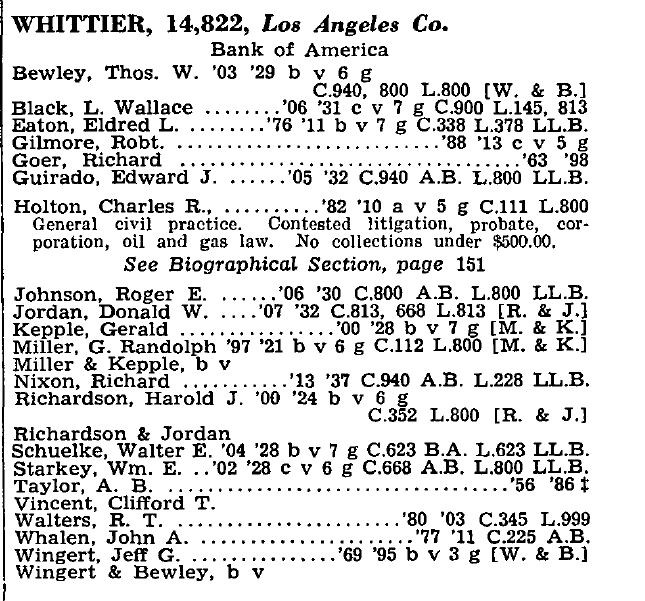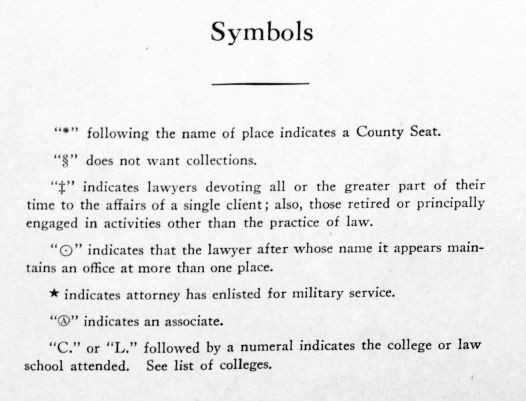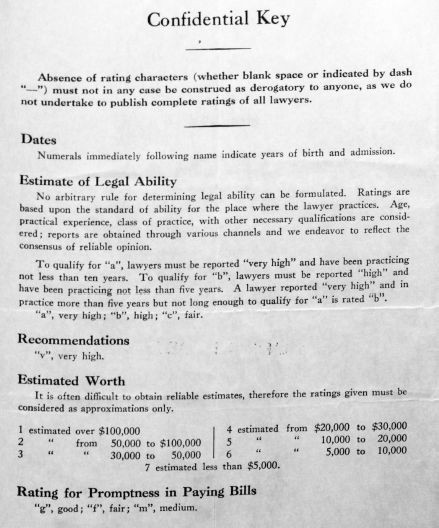The landscape of legal research has been significantly enriched with the digitization of a monumental historical resource. HeinOnline has recently incorporated the extensive collection of the Martindale-Hubbell Law Directory, alongside its predecessors, Martindale’s American Law Directory and Hubbell’s Legal Directory. This compilation offers a deep dive into nearly a century of American legal professionals, spanning from 1868 to 1963, establishing itself as an invaluable tool for legal historians, genealogists, and a wide array of researchers. For those seeking to trace the careers of legal figures or understand the evolution of law firms, this Martindale Lawyer Finder resource is now more accessible than ever.
Unveiling a Century of Legal Professionals Through Martindale-Hubbell
This newly available digital collection allows users to explore location-based listings of law firms and individual attorneys across America for almost a century. The directories are not merely lists; they are rich with details. Each entry incorporates alphanumeric codes that provide insights into an attorney’s educational background, professional reputational rankings (including assessments of “legal ability”), estimated financial worth, and even their “promptness in paying legal bills.” These directories serve as a unique window into the professional lives and standing of lawyers throughout history.
Beyond individual listings, the Martindale lawyer finder in these historical volumes offers a variety of supplementary information, which evolves depending on the publication year. Researchers can find lists of law schools and universities, specialized directories for select non-U.S. attorneys, judicial directories, and concise summaries of state and international laws. This breadth of content makes the collection a multifaceted resource for understanding the legal profession and legal frameworks of the past.
Nixon’s Early Career: A Martindale Case Study in Lawyer Search
To illustrate the depth of information available, consider the listing of a prominent Duke Law School alumnus, Richard Nixon, within the Martindale-Hubbell Law Directory. Following his graduation in 1937, Nixon returned to California and first appeared in the 1939 edition, listed under Whittier, California.
 Richard Nixon's entry in the 1939 Martindale-Hubbell Law Directory, showcasing early career legal listings.
Richard Nixon's entry in the 1939 Martindale-Hubbell Law Directory, showcasing early career legal listings.
Each lawyer listed in the directory includes codes following their name, offering biographical details about their education and legal practice. Furthermore, some attorneys and law firms feature more extensive biographical listings, akin to detailed advertisements, cross-referenced within the geographic listings. Deciphering the numerical and alphabetical codes requires consulting the “Confidential Key” and “Symbols” lists included in each directory volume. While HeinOnline’s digital collection appears to be missing the 1942 “Confidential Key” and “Symbols” page that traditionally appeared at the front of the print directories, these crucial pages are available for other years within the HeinOnline collection, typically within a “Supplement” section. For reference, these pages from the 1942 print archive illustrate the keys needed to unlock the directory’s coded information.
 1942 Martindale-Hubbell Law Directory "Symbols" legend, used to decode lawyer listings and directory information.
1942 Martindale-Hubbell Law Directory "Symbols" legend, used to decode lawyer listings and directory information.
 "Confidential Key" page from the 1942 Martindale-Hubbell Law Directory, essential for understanding coded lawyer information.
"Confidential Key" page from the 1942 Martindale-Hubbell Law Directory, essential for understanding coded lawyer information.
In Nixon’s specific 1939 listing, the codes reveal information readily available today: his birth year (1913), law school graduation year (1937), attendance at Whittier College (“C.940”) for an A.B. degree, and Duke University (“L.228”) for his LL.B. However, for many other attorneys in Martindale, these codes can unveil more nuanced details regarding their professional reputation and financial standing – information that, in Nixon’s early career stage, was not yet applicable.
Navigating the Digital Martindale Collection for Legal Research
Although deciphering entries requires utilizing the “Confidential Keys” and “Symbols,” the digitized Martindale-Hubbell collection is an undeniable asset for historical research focused on specific lawyers or law firms. For efficient searching, using the format “Lastname, Firstname“ (with quotation marks) is recommended to quickly scan results. While search outcomes may vary with middle names or initials, this method provides a robust starting point for using the Martindale lawyer finder within HeinOnline.
For those seeking additional resources for attorney information, both contemporary and historical, Duke Law Library offers valuable research guides, including the Directories of Lawyers guide. Furthermore, the Ask a Librarian service at Duke Law Library remains available to provide expert assistance for navigating these and other legal research resources. The digitization of the Martindale-Hubbell Law Directory marks a significant advancement for accessing and exploring the rich history of the legal profession in America.

